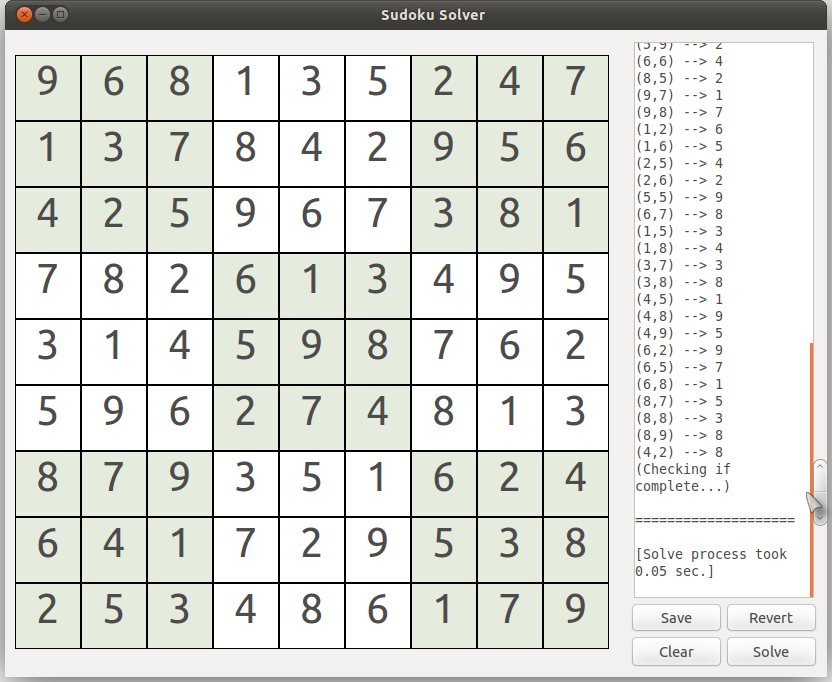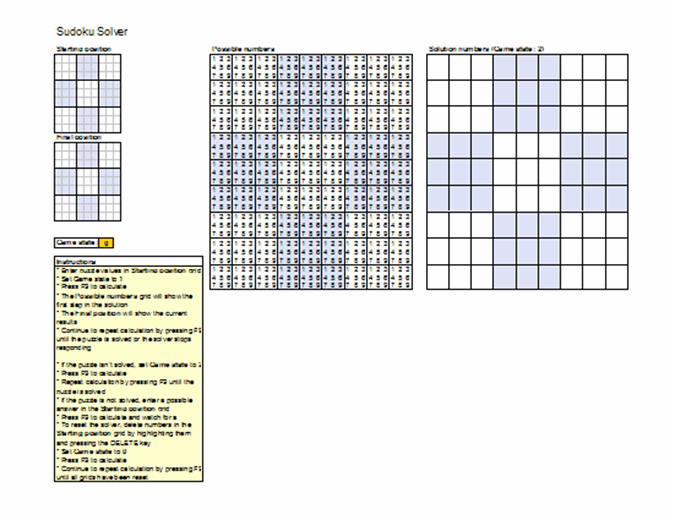

This is because according to Sudoku rules, each number should appear in every row, column, or region. Once you find a number that is missing, that is the number you should write down in the empty cell. All you have to do is to go through all numbers from 1 to 9 and look for them in that row, column, or region.

Sometimes you will reach a point where all cells in a row, column, or region will be filled, except one. Once you finish with the number 1 move up next to number 2 and so on. Look for regions it's missing and try to figure out according the rules, where it must be placed. Now go back to number 1 and start the whole process once again. When you finish the process with the number 9, the Sudoku puzzle should be filled with numbers you found their location. You can write it down in draft mode or simply skip to the next possible region or number. Please note that there will be times when you won't find an exact location for a specific number. We started with the number 1, so our next number will be 2, then 3, 4, 5, until we reach 9. Once you go through all possible regions this number might appear, move up chronologically to the next number and go through the whole process you did for the first number. Now go and look for another region this number is missing and try to see if you can find the exact location this number has to appear and so on. When you find an empty cell where this number has to appear, write it down. Then, according to the rules, try to see if you can conclude where it has to appear over that region. Start with the number 1 and search for regions it is missing. The easiest way to solve a Sudoku puzzle is to work systematically. You will have to fill the rest of the puzzle using those clues and according to the rules. When you start to solve a Sudoku puzzle, a part of it is already filled with numbers.


 0 kommentar(er)
0 kommentar(er)
